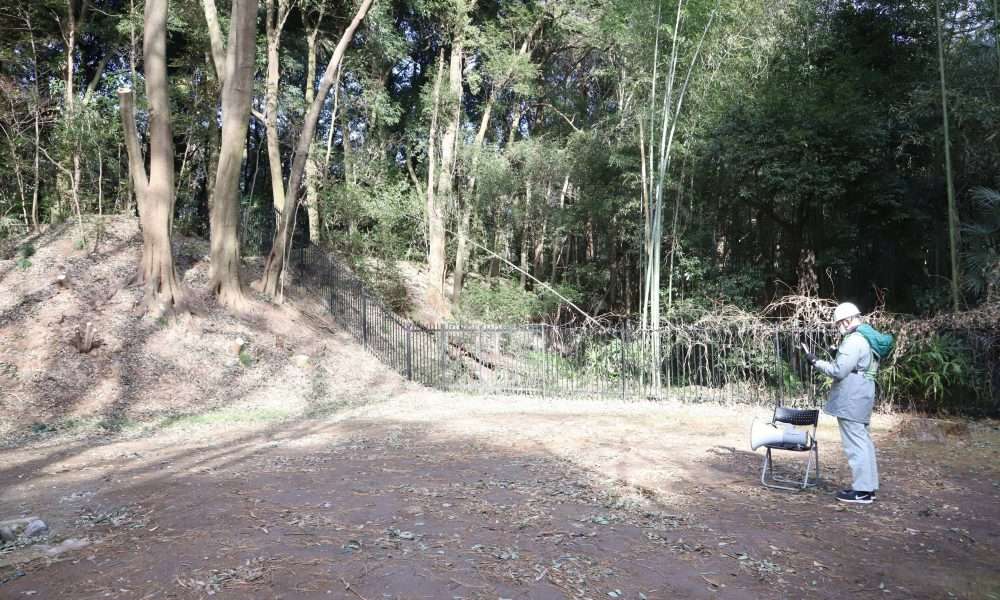
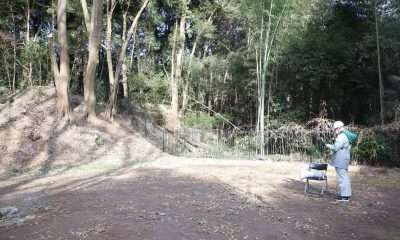

Gunma prefecture removed the monument after the association broke its promise and defied the Supreme Court order to remove the politicized statue from the park.
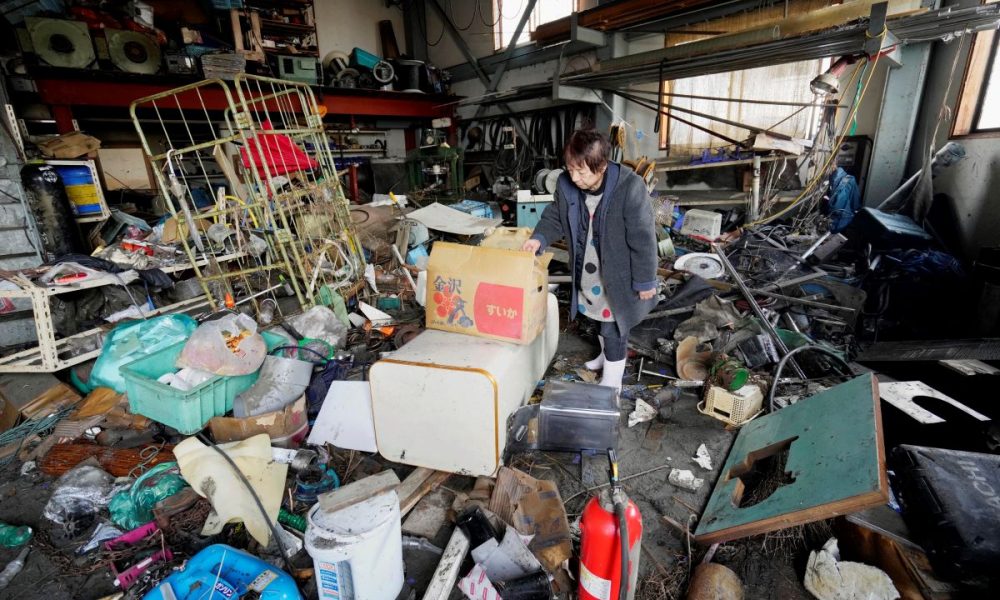


Groups advocating for preserving history are urging those in earthquake-affected areas to err on the side of caution when disposing of damaged items.
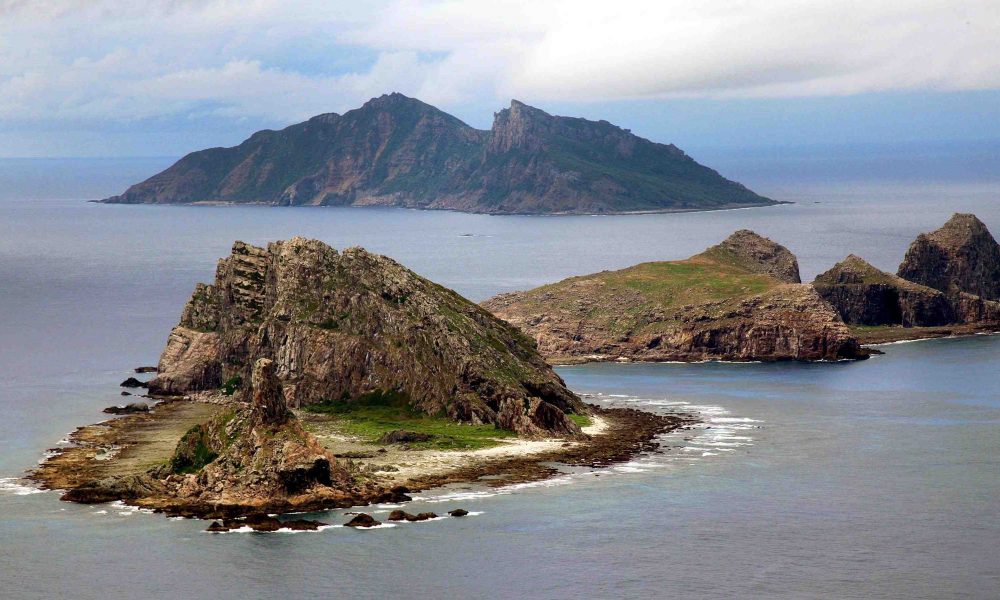
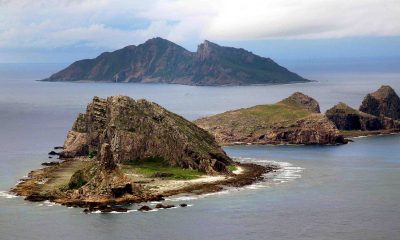

Japan has 3 territorial problems with her neighbors: Senkaku Islands, Takeshima, and the Northern Territories. We examine their merits under international law.
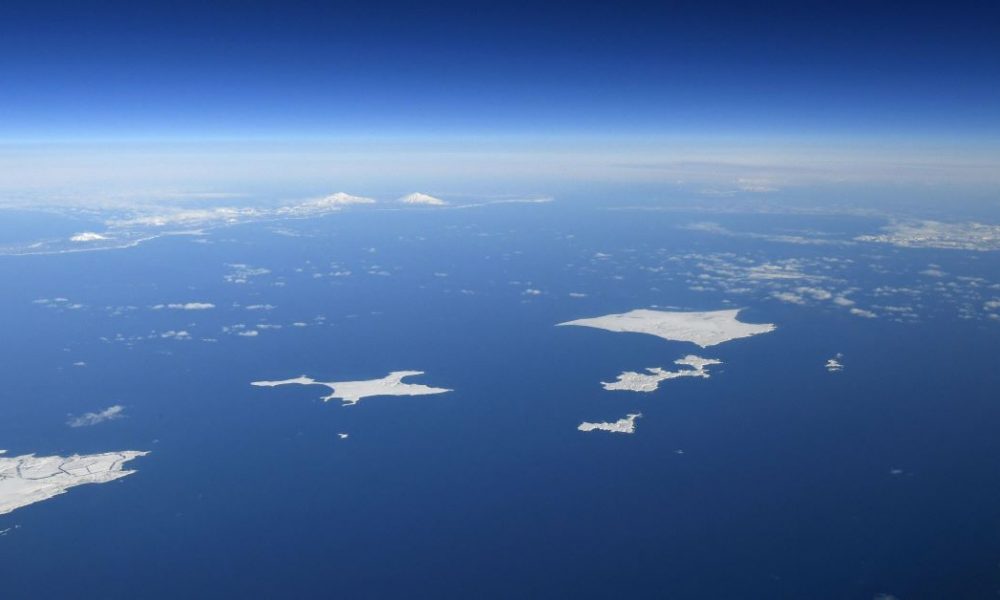


Russia illegally occupies lands belonging to both Japan and Ukraine, including the Northern Territories in Hokkaido, which Soviet troops grabbed in 1945.
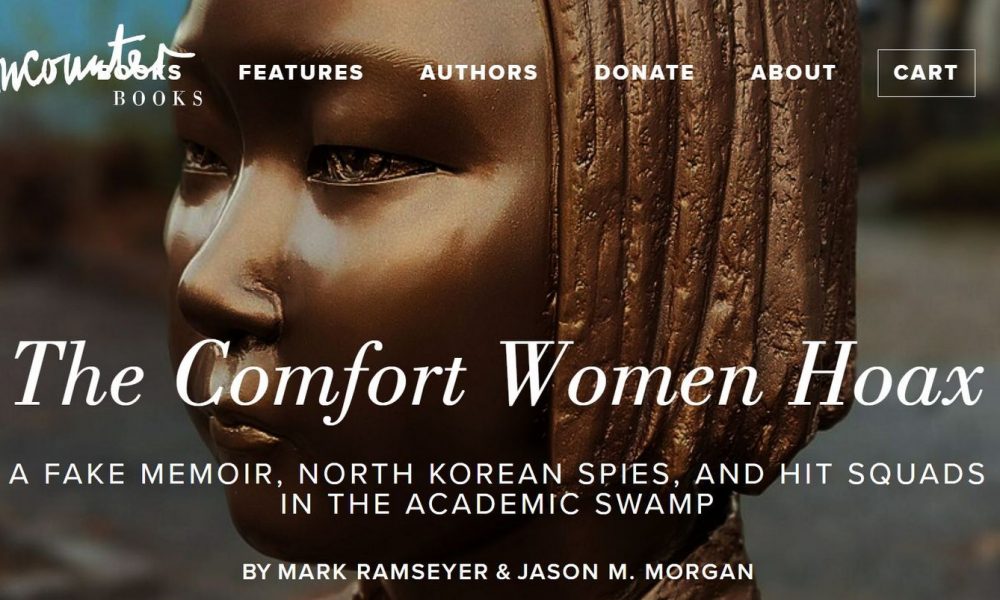
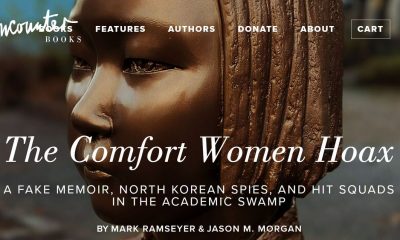

This book by J Mark Ramseyer and Jason M Morgan exposes the twin dangers of intellectual dishonesty and censorship on the comfort women issue in academia.

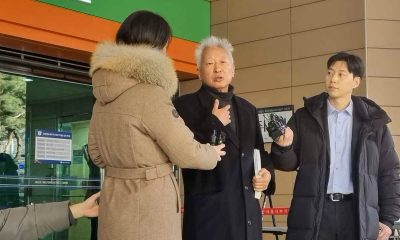

"Please accept the uncomfortable truths of the Japanese colonial era head-on. The truth is the truth, even if it's unbearable," said Lew after the court ruled.
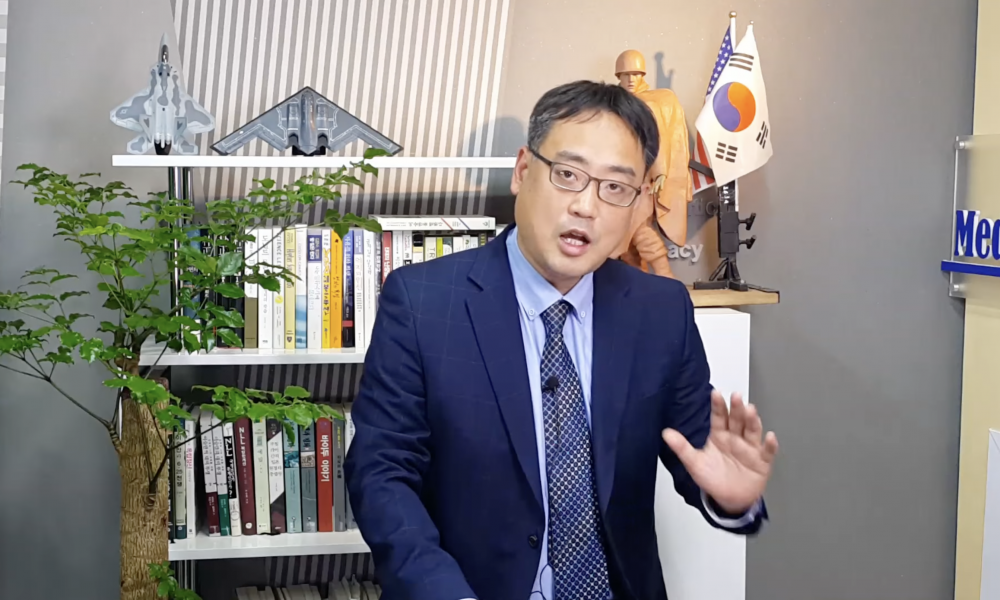


MediaWatch founder Byun Hee-jae says that scholarly rebuttal is the standard practice in academic debate — not weaponizing the media and law to stifle dissent.
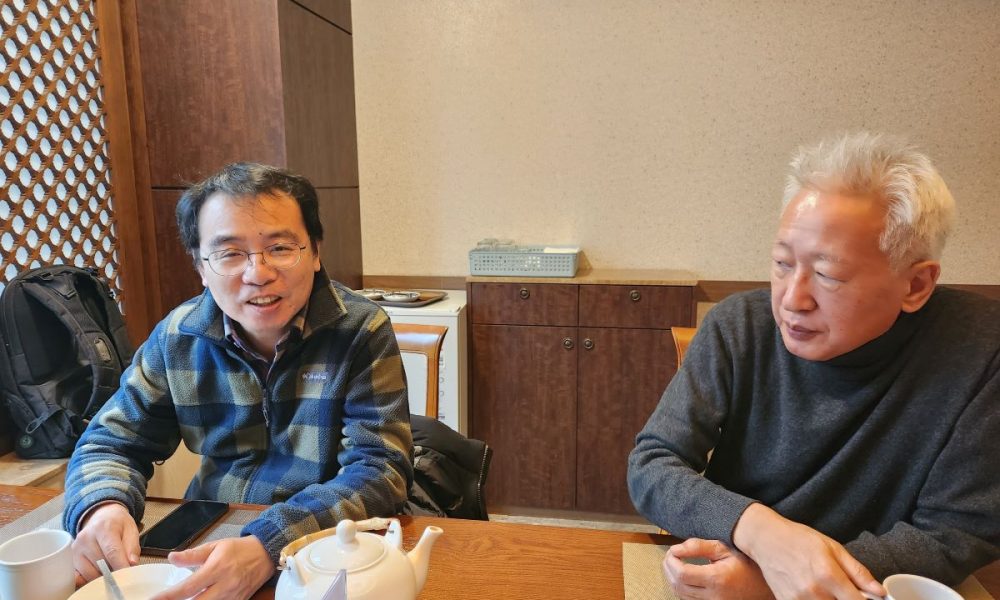
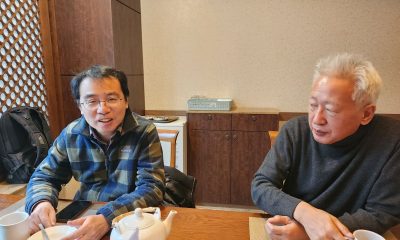

South Korean scholars Lew Seok-Choon and Lee Wooyoun discuss shifting perceptions on the comfort women issue and the court case against Professor Lew.
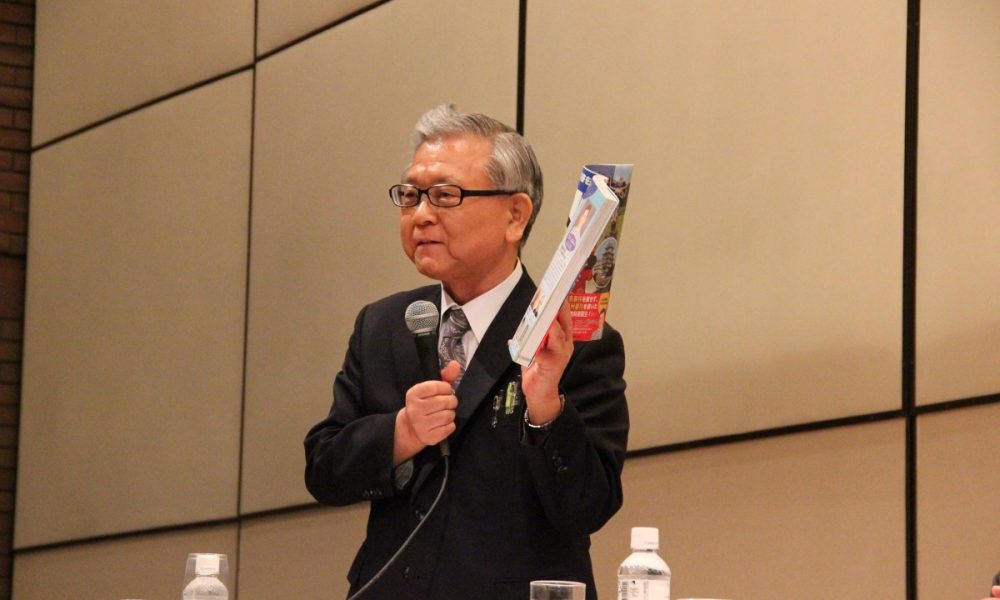


The author explains why and how brothel owners used contracts to secure the services of comfort women in the prewar and wartime era of Japanese history.
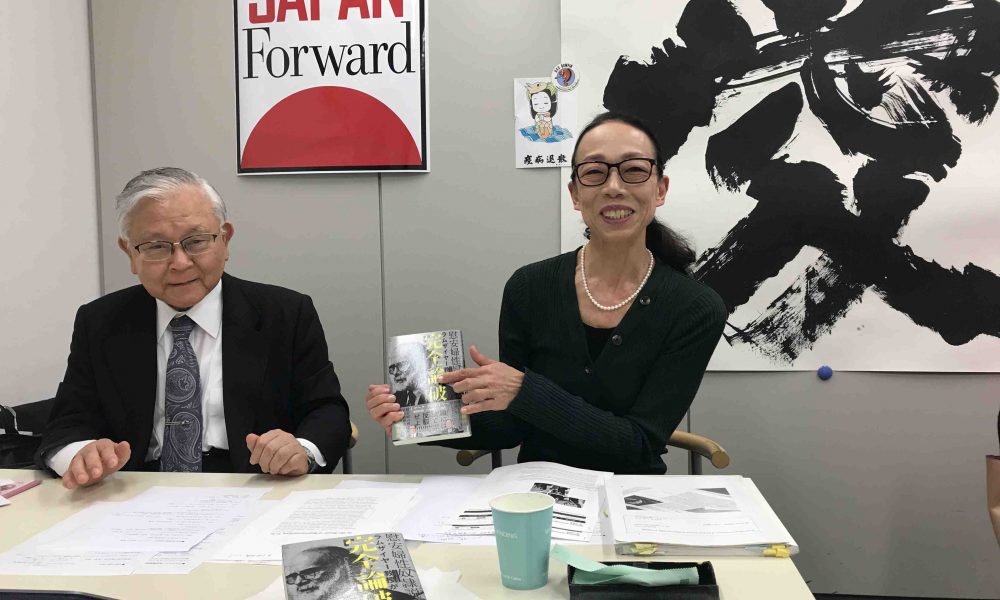
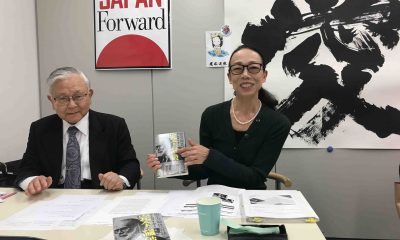

In an interview, Nobukatsu Fujioka and Yumiko Yamamoto discuss J Mark Ramseyer’s new book on comfort women, recently translated into Japanese and Korean.
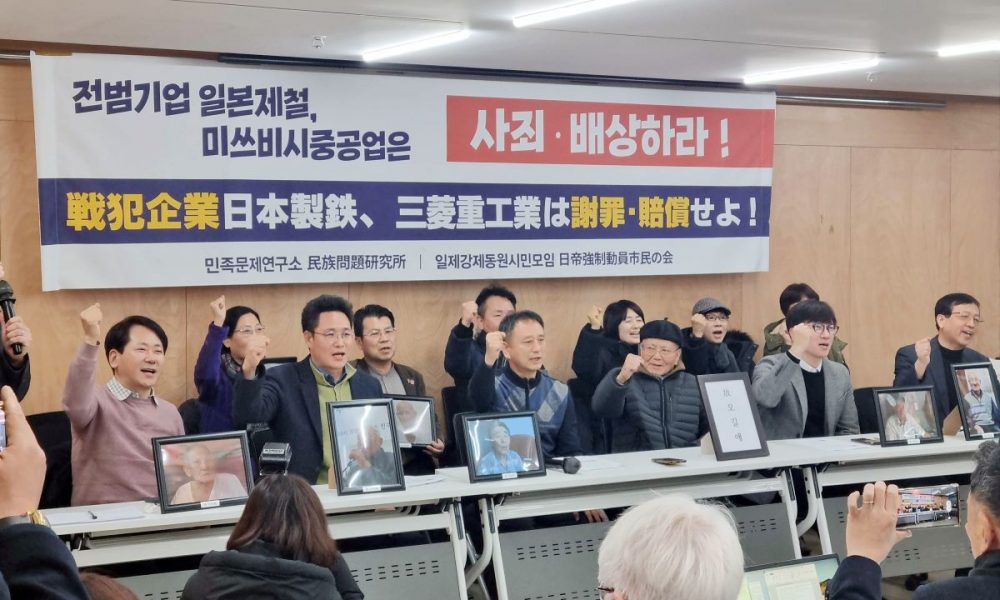
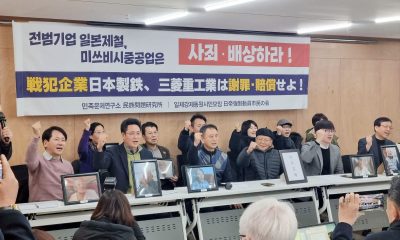

South Korea must adhere to its agreements or lose international trust. It must recognize those parties out to destroy the foundations of Japan-Korea relations.
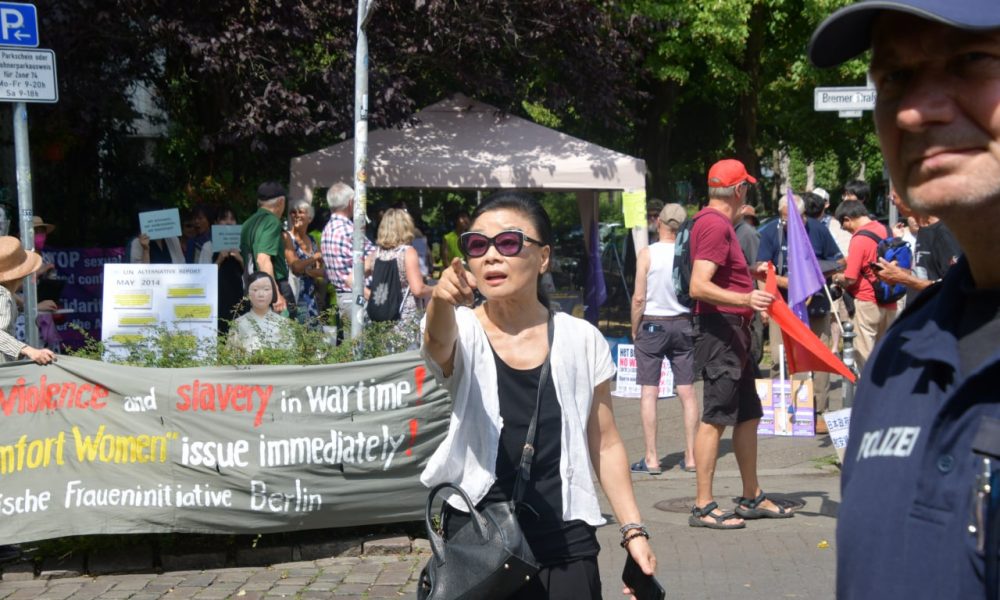


Durable international ties depend on shared values and material interests, and for democracies, the foundation of such is ultimately individual liberty.